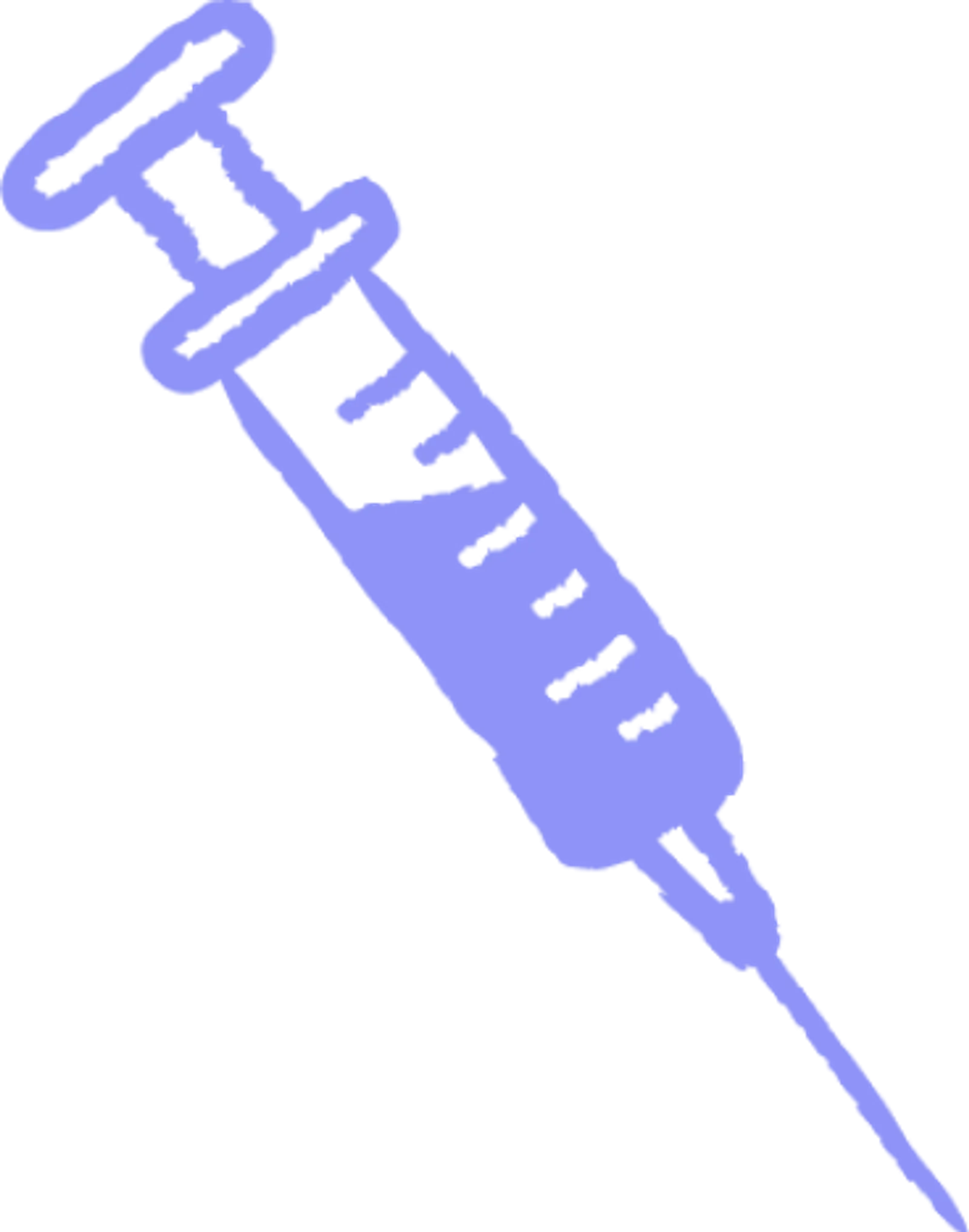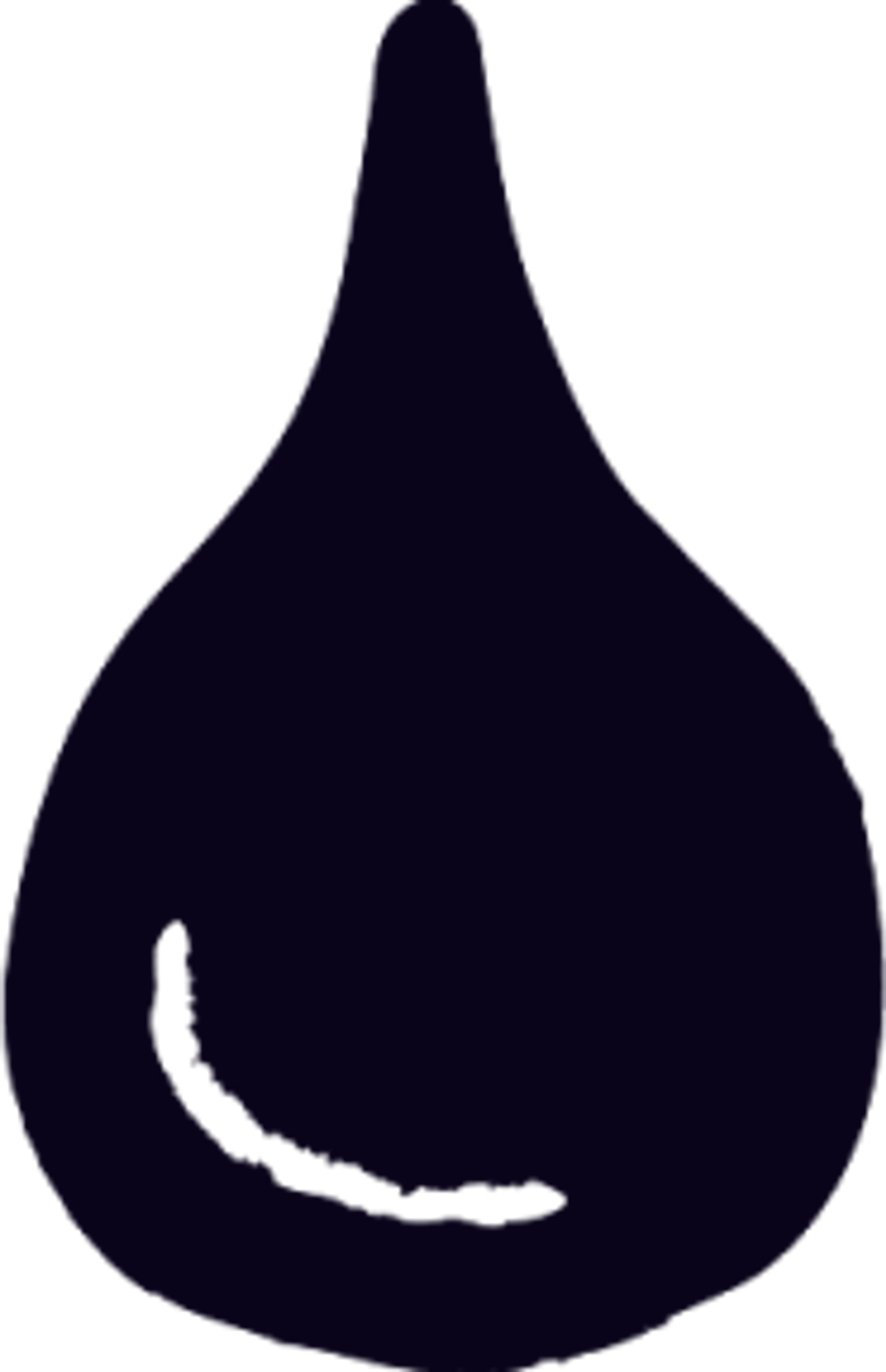Plasma 101
Who: Eligible donors between 18 and 63 can earn up to $560 a month in NY and up to $770 a month in FL.
What: Plasma is the yellow part of your blood that replenishes naturally.
Where: Queens, Brooklyn, The Bronx (NY), and Ft. Pierce (FL).
Why: Get paid to donate and help treat bleeding disorders, immune deficiencies, and more.
When: No appointment needed—walk in anytime before closing.
Plasma vs Serum: Unraveling the Differences

Plasma vs Serum: Unraveling the Differences
Understanding the distinct origins and subtle differences between plasma and serum is key for both clinical labs and savvy blood donors alike. Delving into their unique composition and specialized uses solves a critical pain point - distinguishing how to leverage plasma or serum optimally across diagnostic testing, biopharma applications and life-saving donations according to their inherent biological properties.
Plasma makes up 55% of blood volume, retaining clotting factors like fibrinogen. Serum lacks clotting factors as it derives from clotted blood, making it better for biochemistry tests. Plasma requires anticoagulants for collection, while serum tubes use clot activators. Both transport vital proteins, gases and metabolites, but plasma has a yellow tint unlike transparent serum.
Composition and Origins of Blood Plasma and Serum:
Title | Blood Serum | |
Composition | Water (92%), Proteins (albumin, fibrinogen, immunoglobulins), Electrolytes (bicarbonate, sodium, potassium, calcium, chloride), Gases (oxygen, carbon dioxide), Nutrients (glucose, amino acids, lipids) | Water, Proteins (albumin, antibodies, enzymes), Electrolytes (sodium, chloride, potassium), Gases (oxygen, carbon dioxide), Nutrients (glucose, lipids) |
Origins | Derived from whole blood fractionation; 55% of total blood volume | Obtained from blood after coagulation; lacks clotting factors like fibrinogen |
Unique Properties | Contains clotting factors; light yellow tint due to pigments | Lacks clotting factors; clear and transparent appearance |
Understanding Blood Plasma and Serum
Plasma Composition and Origins
Plasma makes up about 55% of total blood volume. It is the liquid part of blood, composed mostly of water (92% by volume) along with vital proteins, glucose, mineral ions, hormones, carbon dioxide and oxygen. Plasma suspends the blood cells and allows them to be transported around the body.
The key components plasma contains are:
Water - Makes up 92% of plasma. It acts as the solvent in plasma to transport substances around the body.
Proteins - Vital proteins transported by plasma include albumin, fibrinogen and immunoglobulins. Albumin contributes to osmotic pressure and transporting molecules, while fibrinogen is essential for blood clotting.
Electrolytes - Ions like bicarbonate, sodium, potassium, calcium and chloride have crucial roles in maintaining pH balance, nerve conduction and enzyme function.
Gases - Oxygen and carbon dioxide are carried by plasma for delivery and removal from tissues. Nearly all blood oxygen is transported by being bound to the protein hemoglobin within red blood cells.
Nutrients - Glucose, amino acids and lipids needed by cells are dissolved within plasma.
Plasma originates when whole blood is fractionated into its composite parts. First, platelets and white blood cells are sedimented out by centrifuge, then the remaining blood fractions into its 45% cellular portion and 55% clear, straw-colored liquid - plasma. The cellular fraction consists mainly of red blood cells.
Serum Composition and Origins
Serum has a similar composition to plasma - it contains over 1000 vital proteins like albumin, antibodies and enzymes dissolved in water along with electrolytes, nutrients and gases. But unlike plasma, serum lacks clotting factors like fibrinogen because it derives from after clot formation.
Specifically, serum is the clear liquid that separates from blood once it has coagulated. Clot activators like thrombin are added to harvested whole blood, which activates fibrinogen to form an insoluble fibrin clot containing platelets and blood cells. The remaining liquid fraction that separates off is serum.
Because fibrinogen and clotting factors are removed during coagulation, serum contains:
Water - Same as plasma, serum is mostly water that acts as the key solvent and transporter.
Proteins - Albumin, antibodies and enzymes remain as key proteins that were originally dissolved in the plasma.
Electrolytes - Major mineral ions like sodium, chloride and potassium remain in serum after clotting.
Gases and nutrients - Oxygen, carbon dioxide, glucose and lipids remain dissolved within serum after separation from clotted blood fractions.
With the exceptions of lacking clotting factors, serum contains the same dissolved components as plasma. But unlike plasma, its origins are from after blood coagulation rather than directly from whole blood fractionation.
Plasma and Serum Similarities
Despite plasma and serum having subtle differences in their origins, their overall composition and roles are very similar:
Transport medium - Both plasma and serum act as the aqueous medium that suspends blood cells before clotting, while transporting dissolved proteins, electrolytes and metabolites through the circulation.
Diagnostic analysis - Many diagnostic blood tests measure concentrations of albumin, enzymes, nutrients and waste products within serum/plasma as indicators of normal or disease conditions.
Research applications - Serum and plasma both serve as excellent raw materials from which other useful components like blood proteins can be isolated and purified for biopharmaceutical research and therapies.
Lacking cells - Neither plasma nor serum contain any blood cells, unlike whole blood which contains red and white blood cells along with platelets. Centrifugation helps fractionate whole blood into its many parts including cell-free plasma and serum.
So while plasma and serum have subtly different origins, their core purpose is alike - to act as the fluid transport medium of blood, while carrying vital proteins, electrolytes and metabolites needed by cells throughout the body. Both are essential for a wide range of blood-based testing and therapeutic applications.

The Differences Between Plasma and Serum
Unique Plasma Components and Properties
A key difference between plasma donation and serum relates to clotting factors. Plasma contains fibrinogen as well as prothrombin, calcium ions and other coagulation factors involved in the blood clotting cascade. Fibrinogen makes up 3% of total plasma protein content, circulating at around 300 mg/dL on average.
During vascular injury, a series of zymogen coagulation factors in the plasma sequentially activate. This forms insoluble fibrin strands from fibrinogen to create a localized clot and stop bleeding.
Since plasma retains all the clotting cascade components, it has an integral role in achieving hemostasis after blood vessel trauma. This differs from serum formation, whereby clotting factors are intrinsically removed after the fibrin clot formation.
Alongside containing clotting elements, plasma itself has a light yellow tint due to carotenoid and hemoglobin pigments within the small numbers of white and red blood cells present. Although most cells are removed, plasma retains a yellowish clear appearance unlike the transparent serum left after coagulation.
In addition to its crucial role in hemostasis, plasma's unique components not only prevent and treat shock but also contribute significantly to the promotion of healing and recovery during critical medical situations, underscoring its multifaceted importance in maintaining physiological balance and supporting overall well-being.
Unique Serum Components and Properties
In contrast to plasma, serum lacks all clotting factors like fibrinogen and prothrombin because it derives from after clot formation. To isolate serum, venous whole blood is collected without anticoagulants and allowed time to fully clot.
The fibrinogen forms an insoluble mass with platelets and blood cells, effectively removing it from the remaining liquid portion - serum. Other procoagulants like calcium and fibrin degradation products also bind into the clot mass during its retraction.
Consequently, serum has a similar composition to plasma without proteins involved in the clotting pathway. After clot retraction also gives serum a subtle pale yellow to straw-like color, unlike the richer yellow of plasma. Without any cells or clotting factors suspended within it, serum has a clear transparent appearance.
Different Collection Methodology
The other key difference lies in how plasma and serum must be collected and prepared differently. Plasma is directly obtained from whole blood before clotting occurs by adding anticoagulants like EDTA or heparin during venipuncture. Anticoagulants work by binding calcium ions required for coagulation, while EDTA also helps preserve the blood.
Tube additives stop clot activation, allowing clean separation via centrifugation into the straw-colored plasma and cellular fractions. This preprocessed plasma retains all clotting elements like fibrinogen at levels matching unclotted blood.
Whereas plasma requires anticoagulated blood, serum is isolated after allowing whole blood to fully clot post-collection. Glass or specialized serum separator tubes are used with an inert clot activator added as a coating. Common activators include silica particles or thrombin which initiate the clotting cascade upon blood draw.
After resting upright at room temperature, the fibrin clot mass with entrapped cells settles to the bottom of serum tubes. The remaining pale yellow liquid can then be decanted off as serum, lacking plasma coagulation factors like fibrinogen that are removed by clot formation.
So plasma and serum share similar solutes but have distinct appearances and colors due to retaining or removing clotting factors respectively. Their collection methodologies also differ markedly - plasma separation requires anticoagulated blood before clotting starts, while serum isolation needs a formed clot to remove fibrinogen and procoagulants.
Functions and Uses of Blood Plasma and Serum:
Title | Blood Plasma | Blood Serum |
Transport Functions | Circulates gases, nutrients, waste products, antibodies, clotting factors; Delivers cellular components to sites of injury | Transports gases, electrolytes, metabolites; Lacks fibrinogen and other clotting factors |
Diagnostic Analysis | Preferred for blood gas, electrolyte assessments, therapeutic drug monitoring | Advantageous for biochemistry tests, antibody and DNA tests |
Research Applications | Used for isolating and purifying blood proteins for biopharmaceutical research | Similar to plasma in research applications |
Unique Testing Profile | Ideal for tests sensitive to red cell metabolism and medication levels | Better for tests measuring organic compounds, avoiding analytical interferences |
The Use of Plasma and Serum in Medicine
Plasma Transport Functions
Plasma circulates dissolved gases, nutrients, waste products, antibodies and clotting factors around the body. Oxygen inhaled in the lungs binds to hemoglobin inside erythrocytes, while plasma carries the remainder dissolved directly within it to tissues. After offloading oxygen, it returns carbon dioxide to the lungs for expiration.
As well as gases, plasma suspends vital blood proteins including antibodies, albumin, hormones and clotting elements like fibrinogen. Albumin generates critical oncotic pressure to balance fluid across blood vessel walls, while also serving as a carrier protein for hydrophobic molecules like hormones and medications.
Moreover, plasma transports essential ions like sodium, chloride and bicarbonate integral to cell metabolism, nerve conduction and pH regulation. Glucose, amino acids, triglycerides and waste molecules are also dissolved in plasma as fundamental nutrients and metabolic byproducts needing circulation.
Overall plasma acts akin to a liquid highway, supplying vital biomolecules like proteins, electrolytes and organic compounds to tissues, while returning metabolic end products like urea for disposal. It also delivers cellular components like platelets and white blood cells to sites of inflammation and injury.
Serum Transport Functions
In a similar capacity to plasma, serum transports gases like oxygen and carbon dioxide bound to hemoglobin within residual red cells or dissolved directly. It also carries key electrolytes, inorganic ions and metabolites needed for cell function or requiring removal as catabolic waste.
However, unlike plasma, serum lacks fibrinogen and other clotting factors as its obtained after their removal from blood during coagulation. But vital transport proteins like albumin and globulins remain at normal concentrations in serum, maintaining key roles including regulating oncotic pressure and carrying hormones.
With clotting factors intrinsically absent, serum retains its fundamental roles supplying tissues with gases, ions, nutrients and biomolecular signals, while returning metabolic wastes back to excretory organs like the liver and kidneys. The carrier protein albumin binds and transports various endogenous and exogenous compounds through the circulation in serum as it does within plasma.
Unique Testing Profile Differences
A key choice laboratories face is whether to use plasma or serum samples for clinical blood analyses. While they share similarities in transport functions, proteins and metabolite content, each offer unique advantages depending on the test type required.
For accurate blood gas and electrolyte assessments like sodium, potassium and chloride ions which are sensitive to red cell metabolism, plasma is preferred. Measuring oxygen tension or carbon dioxide also requires anticoagulated plasma before equilibrium with cells changes gaseous concentrations.
Likewise, therapeutic drug monitoring and toxicology screening via plasma allows interpreting dosing needs or overdoses based on medications crossing from blood directly into tissues in vivo. This avoids drug adsorption effects onto clot fibrin protein possibly falsely reducing serum readings.
Conversely, serum provides advantages for biochemistry tests measuring organic compounds like lipids, enzymes or glucose. Avoiding anticoagulant means serum matches true physiology more closely. Clotting element removal also prevents analytical interferences in assays detecting cardiac or liver biomarkers in serum.
Serum is also preferable for antibody and DNA tests, since anticoagulant in plasma could inhibit polymerase chain reactions key to DNA analyses. Ultimately laboratories decide on plasma or serum based on test principles and analytical goals - plasma for blood gas and medication level accuracy or serum when biochemistry results or DNA sequencing is deemed more appropriate.
Here at Olgam Life, we provide advanced plasma donor care and life-saving resources for the medical field. Unlike other plasma donation centers, Olgam Life exclusively emphasizes the aggregation phase, allowing us to concentrate on donor well-being. Check out our locations and feel free to get in touch if you have any questions! Have a look at our FAQs for further information.
















